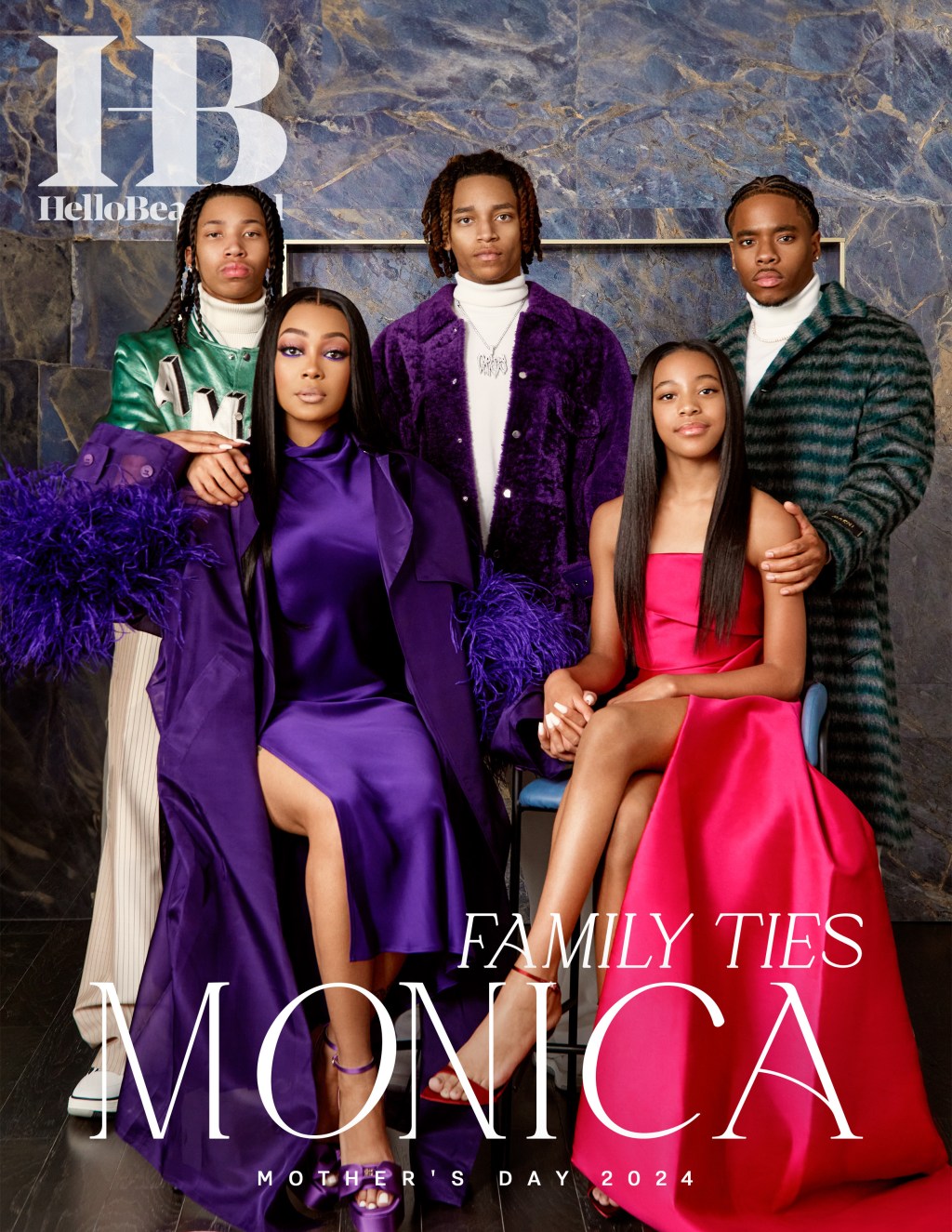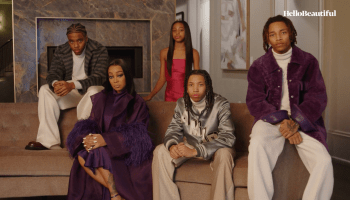“I’ll tell you what freedom means to me: no fear…no fear!”
– Nina Simone
Today, Netflix will release its documentary, What Happened, Miss Simone?, a title taken from a 1970 Redbook magazine article by Maya Angelou, that concludes:
“Life has left keloidal scars on her voice, and wells of angry tears lie beneath each spoken word. Here lies innocence betrayed, and the keening that is heard is a dirge for hope abused. She is loved or feared, adored or disliked, but few who have met her music or glimpsed her soul react with moderation. She is an extremist, extremely realized.”
For me, Nina Simone is a voice I got to know in college, a soundtrack for feelings, whether they circulate around love and longing, or revolution and unrest. Knowing nothing of her life, she is where I trust my emotions can negotiate a path towards peace.
In truth, she was a woman, born Eunice Waymon in North Carolina in 1933, who was discovered, adored and ultimately discarded by the mainstream when she traded the lull of fame for the command of justice. She suffered for it, financially and mentally, but lived a phenomenal journey. Passionate and colorful, she very easily evinces why there really is only one version of “My Baby Just Cares For Me,” everything else being an attempt.
Hers is a story of which movies are made. And while I am among those who feel a particular way about the forthcoming project that has cast Zoe Saldana to portray the icon, the documentary from RadicalMedia and Netflix sets an impossible bar for any other imitations of Nina Simone’s life to reach.
If you read no further, What Happened, Miss Simone? is one of the best films about womanhood or revolution I have ever experienced. It filled me with a surge of girl power, and also Black power, that fits this moment in time. There is no better reason to stay in tomorrow night than this film. A documentary, the story carries the emotional complexity of a Waiting to Exhale (1995) and the poignancy of Lee Daniel’s The Butler (2013). The story will not take you too low without the high, staying true to what makes a good film satisfying and life realistic. The movie is an afternoon with a wise auntie, bring in tote the sort of cinematic elements that serve as sweet tea, extended moments of silent reflection and genuinely big laughs, only to be understood by the storyteller and her listener.
The first time I viewed What Happened, Miss Simone?, the massacre at Mother Emmanuel had not yet occurred. Baltimore was becoming the first act of recognition that this systematic devastation of Black youth and men is a governmental problem. And personally, the thoughts of injustice were a just another layer of worry mixed in with the general concerns I navigate around on a daily basis. The only expectation was that the movie would be a welcome escape from my head.
(And my head is a hoarder’s commune stuffed with thoughts that include the possibility of love/what’s wrong with me/what’s wrong with men, the challenge of career and money/when will I make it, and the superficial insecurity I have about my cheekbones and my non-interest in the gym. And also, if the revolution is coming, am I leader I thought I would be had I been young in the 1960s? All things I don’t discuss; things that temper how I experience stress; things of unequal importance, but equal in their weight on my energy. Cue “Here Comes the Sun,” and calm down, self.)
So it was late May, at the New York premiere of the film hosted by Netflix and Film at Lincoln Center at the Apollo Theater. I assumed the best part was that the screening would be the following special guest performance, which I assumed would be Lauryn Hill. She was. But the best part was actually, of course, Nina Simone.
In a room full of who’s who and no one I knew, I instantaneously fell into the film, baited by that mystical voice that is the wispy sound of either sunset or sunrise, and nothing in between. The story carried me not just into the heart of Nina Simone, but also into myself and all the things of unequal importance that weighed on my heart. And for the first time in a very long time, I experienced a film that felt the way you feel about yourself when you are home. I don’t know if there is a fitting adjective for that feeling.
What Happened, Miss Simone? proved momentous in its depiction of a very human dynamo who, in aiming to be the first Black classical pianist to play Carnegie Hall, instead became the High Priestess of Soul. Great for the world, and frequently, grave for the artist. Very quickly, I fell in love with this film that may be the first to present a Black woman icon in a familiar but obscured light, her humanity.
Liz Garbus, the film’s director, constructed the film literally around Simone’s voice, having achieved a search that uncovered gems of notes by Simone, who passed away in 2003, including audio recordings from the writing process for the autobiography, I Put A Spell On You. And in so doing, the film gave way for all of a mammouth spirit.
So at one moment, you are smiling along to Simone talk about her and her husband working toward her goal of becoming a “rich Black bitch,” and the next you fall with her into the moment that “Mississippi Goddamn” was scribed. (The moment was that of the 16th Street Baptist Church bombing that claimed the lives of four little girls attending Sunday School in Birmingham, AL.)
Sure, when you talk revolution, the sounds of Nina Simone make the perfect soundtrack. Not just for her talent, but as the documentary reveals, she was next door neighbors with Malcolm and Betty Shabazz and was best friends with Lorraine Hansberry. Her posse was the Civil Rights intelligentsia.
But, unlike most documentaries on revolutionaries, What Happened, Miss Simone? did not neglect the very important detail surrounding our heroes: they, like us, are human. Along the way to iconography, she had love and romance and business and pain and motherhood and struggles and the challenges of mental health. However, it was, in truth, all love, from her great love of Johann Sebastian Bach to her great love of her people. So the sacrifice was self. The film introduces her and allows her to be exposed without removing the love one should have for one of the greatest artists of all time.
On this particular evening of the premiere, without expecting it, this film proved to be another ground where the arts served a solace for being Black during the supremacy of racism. At the roll of the credits, I found myself closer to myself than had been in a long time. And then Lauryn Hill began to sing, eerily immersed in the energy of Nina Simone, I was overdone. The movie is amazing, but the screening was a spiritual experience.
In a far less emotional place the second time I viewed this film, I could not help but to want to watch it with friends sleep over style and take in the light of Nina Simone’s life with people I love. And I think I will, a few times. Thank you, Netflix.
I wish this film acclaim, but mostly I wish for it your audience. It is one of those rare films, without the requirement of being a great fan of Simone’s work, that offers something invaluable to its audience. For as hard as the filmmakers worked to offer an intimate portrait of Nina Simone, the film offers its viewers the returns of a labor of love, sweet honesty. And with everything that is going on all around us, in addition to the intimate matters of the heart, this is a film that responds to the moment, having never anticipated it.
Among the great artistic moments of 2015, that include D’Angelo’s epic revival tour and Kendrick Lamar’s To Pimp A Butterfly, so follows, What Happened, Miss Simone?





















